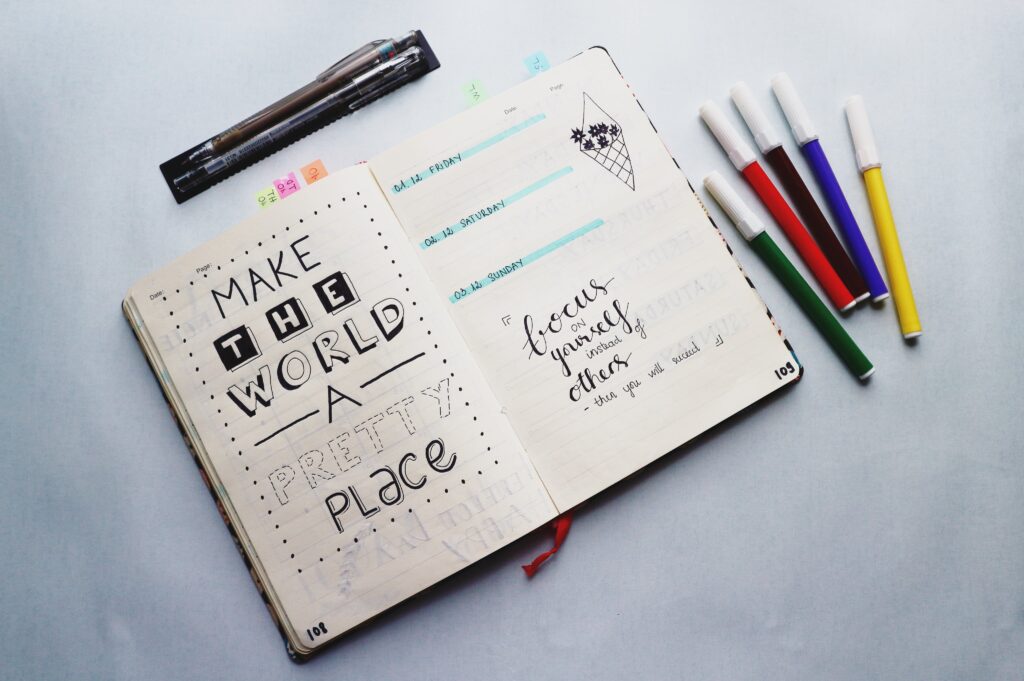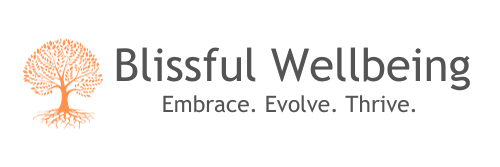
In our fast-paced lives, it’s easy to overlook our mental well-being. But taking care of our minds is just as important as taking care of our bodies. That’s where mood tracking comes in. By monitoring our moods, we can gain insights into our emotions, behaviors, and overall mental health. In this guide, we’ll explore the importance of monitoring mood and how a mood tracker bullet journal can be a powerful tool for self-awareness and personal growth.
What is a Mood Tracker Bullet Journal?
A mood tracker bullet journal is a creative way to monitor and track your emotions on a daily basis. It combines the principles of bullet journaling with the practice of mood tracking, allowing you to visually chart your mood fluctuations over time. The benefits of using a mood tracker bullet journal are numerous. Not only does it provide a tangible record of your emotional state, but it also helps you identify patterns, triggers, and trends in your mood.
Getting Started with Mood Tracking
Before you begin tracking your mood, it’s essential to choose the right journal and supplies. Opt for a journal that speaks to you, whether it’s a sleek notebook or a colorful planner. You’ll also need supplies like pens, markers, and stickers to customize your journal to your liking. Remember, this journal is a reflection of your journey, so make it uniquely yours.
Table of Contents
ToggleDesigning Your Mood Tracker Layout
Now comes the fun part: designing your mood tracker layout. There are endless creative possibilities when it comes to layout designs. Some popular options include mood mandalas, mood trackers with emoticons or emojis, and mood grids. Experiment with different layouts until you find one that resonates with you. Don’t be afraid to get creative and add personal touches to make your mood tracker truly unique.
Master Your Mind: 7 Mood Tracker Bullet Journal Strategies
In today’s hectic world, keeping track of our emotions can be a challenge. That’s where mood tracker bullet journals come in handy. These simple yet powerful tools allow you to monitor your moods and gain insights into your mental well-being. In this guide, we’ll explore seven effective strategies to master your mind using a mood tracker bullet journal.
Strategy 1: Daily Mood Check-ins
Start your day with a quick check-in with yourself. Take a moment to jot down how you’re feeling—whether it’s happy, sad, stressed, or something in between. By regularly acknowledging your emotions, you can develop a greater sense of self-awareness and identify any patterns or trends in your mood.
Strategy 2: Color-Coding Your Emotions
Assigning colors to different emotions can add depth to your mood tracker. For example, you might use blue for sadness, red for anger, and green for happiness. This visual representation makes it easier to see at a glance how your mood fluctuates over time.
Strategy 3: Using Symbols and Icons
In addition to colors, consider using symbols or icons to represent your emotions. Whether it’s a smiley face, a tear drop, or a lightning bolt, find symbols that resonate with you and incorporate them into your mood tracker. This adds a personal touch and makes tracking your emotions more engaging.
Strategy 4: Weekly and Monthly Summaries
At the end of each week or month, take some time to review your mood tracker. Look for any patterns or trends in your emotions—do you tend to feel more stressed on certain days? Are there activities or events that consistently affect your mood? Use this information to make adjustments to your routine and prioritize activities that bring you joy.
Strategy 5: Identifying Triggers and Patterns
One of the most valuable aspects of a mood tracker is its ability to help you identify triggers for your emotions. Pay attention to what’s happening in your life when your mood shifts—whether it’s a stressful deadline at work, a difficult conversation with a loved one, or a lack of sleep. By identifying these triggers, you can take proactive steps to manage your emotions more effectively.
Strategy 6: Incorporating Gratitude and Reflection
Incorporating gratitude into your mood tracker can help shift your focus from negativity to positivity. Take a moment each day to write down something you’re grateful for, no matter how small. This simple practice can help cultivate a more positive outlook on life and improve your overall mood.
Strategy 7: Setting Goals and Intentions
Use your mood tracker as a tool for setting goals and intentions for yourself. Whether it’s improving your mood, reducing stress, or increasing happiness, set specific, achievable goals and track your progress over time. This can help you stay motivated and focused on your mental well-being.
Tip for Consistency and Accountability
Consistency is key when it comes to mood tracking. Set aside a specific time each day to update your mood tracker, whether it’s first thing in the morning or before bed. Find accountability partners who can support you in your mood tracking journey and hold you accountable to your goals.
How to Analyze and Interpret Your Mood Tracker
Once you’ve been using your mood tracker for a while, take some time to analyze and interpret the data. Look for patterns, trends, and correlations between your mood and external factors such as sleep, exercise, and social interactions. Use this information to make informed decisions about your lifestyle and prioritize activities that support your mental well-being.
FAQs: Mood Tracker Bullet Journal
1. What is a mood tracker bullet journal, and how does it work?
A mood tracker bullet journal is a journaling tool that allows you to track your emotions and moods over time. It typically consists of a grid or chart where you can record your daily mood using colors, symbols, or icons.
2. How often should I update my mood tracker?
It’s up to you how often you update your mood tracker, but most people find it helpful to do so daily. This allows you to track any fluctuations in your mood and identify patterns or trends over time.
3. Can anyone use a mood tracker bullet journal, or is it only for specific people?
Anyone can benefit from using a mood tracker bullet journal, regardless of age, gender, or background. It’s a versatile tool that can be tailored to suit individual preferences and needs.
4. Are there any recommended tools or apps for digital mood tracking?
There are several apps available for digital mood tracking, such as Moodtrack Diary, Daylio, and Moodnotes. These apps offer features like customizable mood tracking, mood analytics, and mood journaling.
5. How can I use my mood tracker to improve my mental health?
Using a mood tracker can help you gain insight into your emotions, identify triggers for your mood fluctuations, and track your progress over time. By becoming more aware of your emotions and their underlying causes, you can take proactive steps to manage your mental health more effectively.
Conclusion
Mastering your mind with the help of a mood tracker bullet journal can be a transformative journey towards greater self-awareness and personal growth. By implementing the seven strategies outlined in this guide, you can cultivate a deeper understanding of your emotions, identify patterns and triggers, and take proactive steps towards improving your mental well-being.
Daily mood check-ins provide a foundation for self-reflection, while color-coding and using symbols enhance the visual representation of your emotions. Weekly and monthly summaries offer valuable insights into your mood fluctuations over time, helping you make informed decisions about your lifestyle and priorities. Identifying triggers and patterns empowers you to manage your emotions more effectively, while incorporating gratitude and reflection fosters a positive mindset.
Setting goals and intentions gives purpose to your mood tracking practice, motivating you to stay consistent and accountable. Remember, consistency is key, so find a routine that works for you and enlist the support of accountability partners to keep you on track.
As you continue on your mood tracking journey, don’t forget to analyze and interpret your data to gain deeper insights into your emotional well-being. And if you have any questions about mood tracker bullet journals, refer to the FAQs section for guidance on getting started, updating your tracker, and using digital tools for mood tracking.
Ultimately, your mood tracker bullet journal is a personal reflection of your journey towards mental wellness. Embrace the process, experiment with different strategies, and trust in the power of self-awareness to guide you towards a happier, more fulfilling life.
Share This Post With Your Loved Ones!
Recent Articles:





